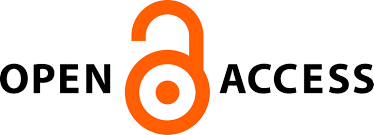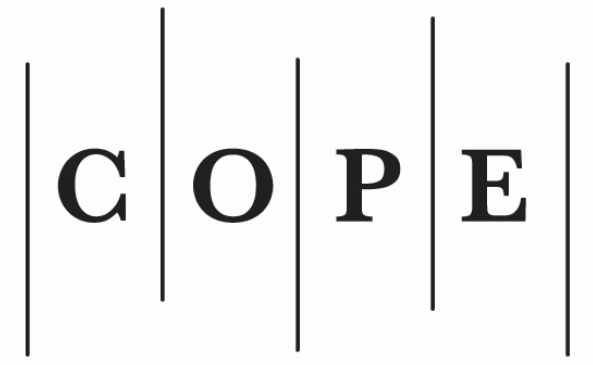THE PLACE OF PREVENTIVE RESTRUCTURING IN THE INSOLVENCY LEGAL SYSTEM
##plugins.themes.bootstrap3.article.main##
Abstract
European Commission has performed a review of Member States’ insolvency law systems, with the conclusion that there are still several Member States
where restructuring is not an option for companies facing financial struggles without
being insolvent. Furthermore, there are more legal differences regarding regulation in
the insolvency area, which has a negative effect for the smooth development and efficient performance of the EU domestic market. As a result, the European Directive
on restructuring was introduced with the aim of aligning insolvency law in Member
states. One of the goals of the Directive on restructuring is the creation of preventive
restructuring systems, but the document does not present a definition of preventive
restructuring nor a guideline for the implementation of these systems. This article aims
to describe the key features and attributes of the preventive restructuring system and to
analyse the conditions of the application of preventive restructuring. In this article, the
preventive restructuring system is compared with pre-insolvency and informal restructuring procedures, defining their similarities, differences, and advantages. Lithuania
has implemented part of the provisions of the Restructuring Directive by legislating
changes in the insolvency law of Legal persons, and a preventive restructuring system
was established by a by-law. Based on the conclusions derived in the research regarding the concept and essence of the preventive restructuring system, this article aims to
answer the question of whether current legislation will allow the goals of Directive to
be achieved, and whether the legislation in Lithuania establishes a proper preventive
restructuring system.
##plugins.themes.bootstrap3.article.details##
This is an open-access journal, which means that all content is freely available without charge to the user or their institution. Users are allowed to read, download, copy, distribute, print, search, or link to the full texts of the articles in this journal without asking prior permission from the publisher or the author. This follows the BOAI definition of open access. Authors contributing to Jurisprudence agree to publish their articles under a Creative Commons Attribution 4.0 International Public (CC BY) License (applicable from 2025).
![]() Authors retain copyright of their work, with first publication rights granted to the Association for Learning Technology.
Authors retain copyright of their work, with first publication rights granted to the Association for Learning Technology.
Please see Copyright and Licence Agreement for further details.






